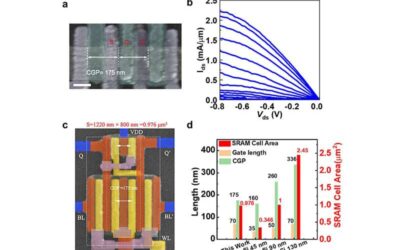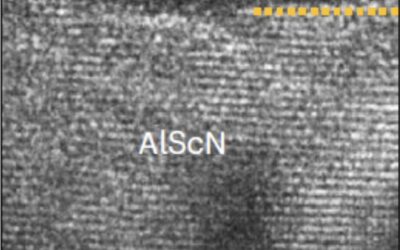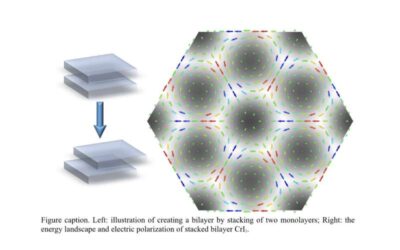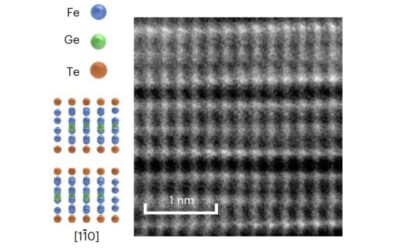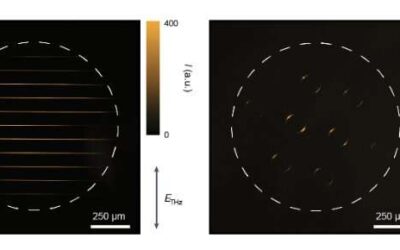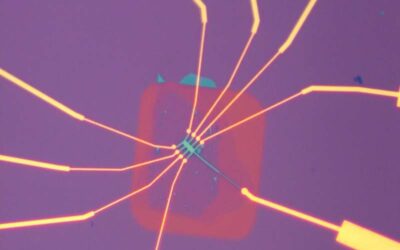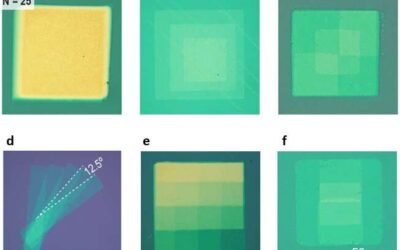Carbon nanotubes, large cylindrical molecules composed of hybridized carbon atoms arranged in a hexagonal structure, recently attracted significant attention among electronics engineers. Due to their geometric configuration and advantageous electronic properties,...
Nanotechnology
A scalable method to create ferroelectric FETs based on AlScN and 2D semiconductors
A key objective in the electronics engineering field is to develop transistors and other electronic components that are increasingly compact and efficient, utilizing readily available processes and materials. Among the transistors that have been found to be...
Topologically structured light detects the position of nano-objects with atomic resolution
Optical imaging and metrology techniques are key tools for research rooted in biology, medicine and nanotechnology. While these techniques have recently become increasingly advanced, the resolutions they achieve are still significantly lower than those attained by...
A general theory to realize bilayer stacking ferroelectricity
Two-dimensional (2D) ferroelectrics, planar materials that have a spontaneous and reversible electric polarization, are extremely rare and yet could be extremely advantageous for the development of new nanoelectronics. Due to their ferroelectric properties and thin...
Low-pass filters based on thin films of van der Waals ferromagnets
Two-dimensional (2D) magnets, also known as magnetic van der Waals materials, have advantageous electrical and mechanical properties, such as antiferromagnetic or ferromagnetism. These properties make them particularly promising for the development of new technologies...
Study observes Luttinger liquid behavior in a quasi-2D system
Luttinger liquids are usually paramagnetic materials exhibiting non-Fermi liquid behavior, such as molybdenum oxides. These "liquids" and their fascinating properties had so far been only observed in 1D and quasi-1D compounds, such as blue...
A room-temperature terahertz camera based on a CMOS and quantum dots
Terahertz (THz) radiation is electromagnetic radiation ranging from frequencies of 0.1 THz to 10 THz, with wavelengths between 30μm and 3mm. Reliably detecting this radiation could have numerous valuable applications in security, product inspection, and quality...
A single fiber actuator inspired by human muscles
To effectively replicate the movements of humans and animals, robots should integrate muscle-like structures. These artificial muscles should attain an optimal performance across all relevant actuation parameters, including energy density, strain, stress, and...
From conventional to strange metal behavior in magic-angle twisted bilayer graphene
Magic-angle twisted bilayer graphene (MATBG) is a graphene-based material with a unique structure, consisting of two graphene sheets layered on top of each other with a misalignment of approximately 1.1°. This unique structure has been found to host various...
A robotic method for assembling complex van der Waals solids
2D van der Waals crystals, a class of materials that exhibit strong in-plane covalent bonds and weak interlayer interactions, have recently become the focus of numerous research studies due to their plethora of unique electrical, optical, and mechanical properties....

